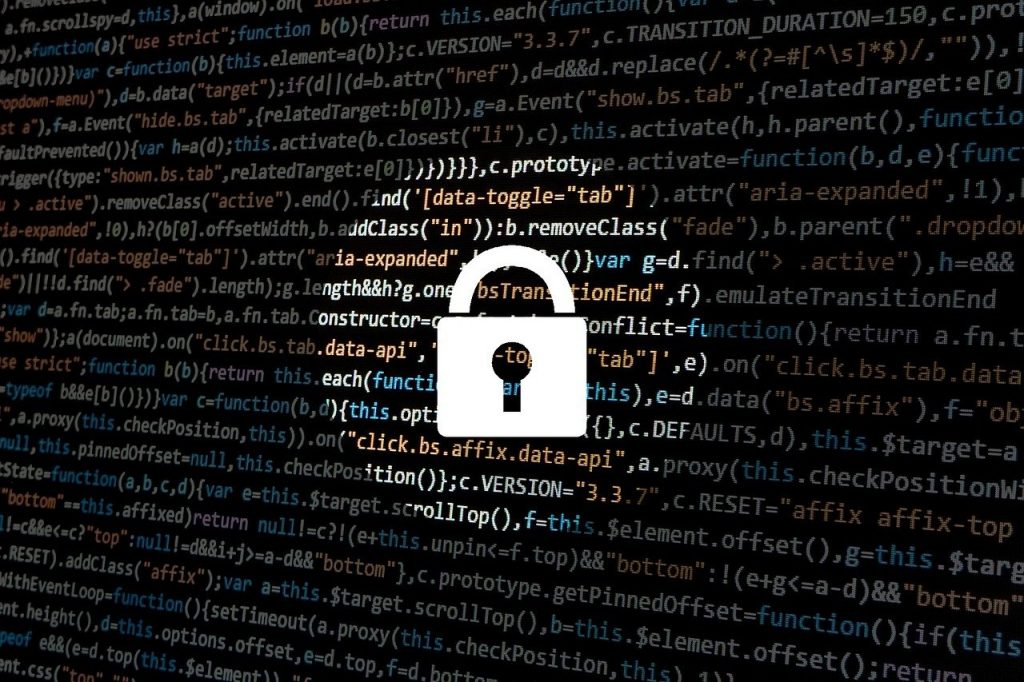Spotting Phishing Attempts: Identifying Fraudulent Emails

Email phishing refers to fraudulent attempts made by cybercriminals to obtain sensitive information such as login credentials and credit card details by masquerading as a trustworthy entity. Phishing attacks usually begin with an email that appears to come from a legitimate source, such as a bank, e-commerce site, or government agency. These emails often have telltale signs that reveal their malicious intent if you know what to look for. Being able to spot phishing emails can help protect you from identity theft, financial loss, and other types of cybercrime. This essay will examine common strategies used in phishing emails, red flags to watch out for, and best practices individuals and organizations can employ to identify and avoid falling victim to email phishing scams.
Common Phishing Strategies
Phishing emails are designed to manipulate recipients into divulging confidential data or installing malware by exploiting human psychology and emotions like fear, urgency, or curiosity. Some of the most common psychological tricks and tactics used in phishing emails include:
• Impersonation – The email pretends to be from a trusted source like a bank, credit card company, or social media site. This exploits the recipient’s existing relationship with the impersonated organization.
• Sense of urgency – The email conveys a sense of urgency by saying action is required immediately to avoid account suspension, parcel delivery failure, or other threats. This pressures the recipient to act hastily without verifying legitimacy.
• Fear appeals – The email instills fear by claiming the recipient’s account or data is at risk, an invoice is past due, a package is lost, or their credentials have been compromised. This frightens the recipient into clicking links or attachments.
• Curiosity triggers – Subject lines or content within the email provokes curiosity by claiming the recipient has won a contest, inherited money, or been tagged in a photo. This baits the recipient into viewing the message.
• Time sensitivity – The email specifies that an opportunity is only available for a limited time or a threat will only impact the recipient for a short period. This adds urgency to take immediate action.
• Cost savings – The email offers deals, coupons, or savings on products and services to entice the recipient to click on links that may launch malware or capture login credentials on phony websites.
In addition to psychological tricks, some technical strategies include:
• Spoofed sender addresses – The “from” email address is forged to make it look like the email is coming from a legitimate organization.
• Embedded links – Malicious links are embedded in the email that direct recipients to phishing sites that mimic real websites but exist solely to steal login credentials or install malware.
• Malicious attachments – Files attached to the email contain harmful malware that gets installed on the victim’s device once opened. Common file types used include .pdf, .doc, .xls, .zip, and .exe files.
• Deceptive domain names – Links in the email use misleading domain names that closely resemble, but do not match, the real website they impersonate. Examples may include substituting the letter “l” for the numeral “1” or using a different top-level domain like .net instead of .com.
Red Flags in Phishing Emails
Being able to identify signs of phishing can help determine if an unsolicited email is authentic or malicious. Here are some common red flags to look out for:
• Generic greetings – Phishing emails often use impersonal greetings like “Dear user” or “Dear customer” instead of your name. Legitimate organizations normally address emails to the recipient’s name.
• Spoofed sender address – While the “from” address may look like a legitimate organization, inspecting the actual email address reveals an inconsistent or fraudulent domain.
• Requests for sensitive information – Real organizations generally do not ask for sensitive information like passwords, social security numbers, or bank account details directly over email.
• Embedded links – Suspicious links may contain misspelled domain names or use odd URL shortening services. Passing your cursor over without clicking can reveal the actual malicious URL.
• Malicious attachments – Unexpected attachments from unknown senders should be treated with extreme caution and never opened. They commonly deliver malware.
• Spelling and grammar errors – Phishing emails often contain typos, awkward phrasing, and grammatical mistakes no professional organization would allow.
• Threats or consequences – Emails that threaten account suspension, fines, arrests, or other consequences if immediate action is not taken are hallmark signs of phishing.
• Fake invoices or bills – Cybercriminals often send fake invoices hoping recipients will follow payment instructions and hand over money.
• Requests for account verification – Legitimate companies would not request sensitive login credentials over email. Any email that asks you to verify or confirm account information is a phishing attempt.
• Too good to be true offers – Deals that seem unrealisticly generous, such as claiming you’ve won a contest you never entered or inherited a fortune, are almost always phonies aimed at capturing your attention.
Best Practices for Spotting and Avoiding Phishing
Both individuals and organizations can take steps to identify fraudulent emails and prevent phishing attacks from succeeding:
• Carefully inspect sender addresses – Even if the “from” name looks legitimate, scrutinize the actual underlying email address to spot spoofed domains.
• Hover over embedded links – Before clicking on links in emails, hover your mouse over them to check if the URLs match the content.
• Go to sources directly – Instead of clicking email links, navigate directly to any websites being referenced by typing the URL directly into your browser.
• Verify unexpected requests – Contact the organization through their official channels to validate any unusual requests for information or action.
• Watch for poor spelling and grammar – The presence of multiple spelling, grammar, and punctuation errors often signals a phishing attempt.
• Check for impersonal greetings – Greetings should address you by name, not generic terms like “customer” or “user” typically seen in phishing emails.
• Disable automatic downloads – Configure your email client to not automatically download attachments, which are commonly used to spread malware.
• Report suspicious emails – Forward any emails you believe to be phishing attempts to [email protected] to help identify new scams circulating.
• Use robust filtering – Employ email security solutions, blacklisting, and filtering focused on identifying deceptive phishing emails before they reach recipients.
• Educate employees – Train staff to recognize telltale signs of phishing emails to develop company-wide phishing awareness. Emphasize reporting protocols.
• Limit public info – Minimize the amount of employee or customer information that is publicly accessible online to reduce the risk of spear phishing, which targets specific individuals.
Conclusion
Email phishing scams can seem remarkably authentic, making it hard for the average user to discern legitimate messages from imposters. However, phishing emails tend to share many common psychological tricks and technical tactics that can serve as clear red flags if you understand which signs to watch for. By identifying spoofed sender addresses, inspecting links before clicking, being wary of unexpected attachments, and watching for spelling/grammar errors, users can avoid having their data compromised or malware introduced into their systems. With proper security filters and training in place, companies can also develop an organizational shield against phishing threats. Being able to accurately detect fraudulent emails is one of the most effective defenses against the phishing attacks that remain an ever-present threat in today’s digital landscape.







